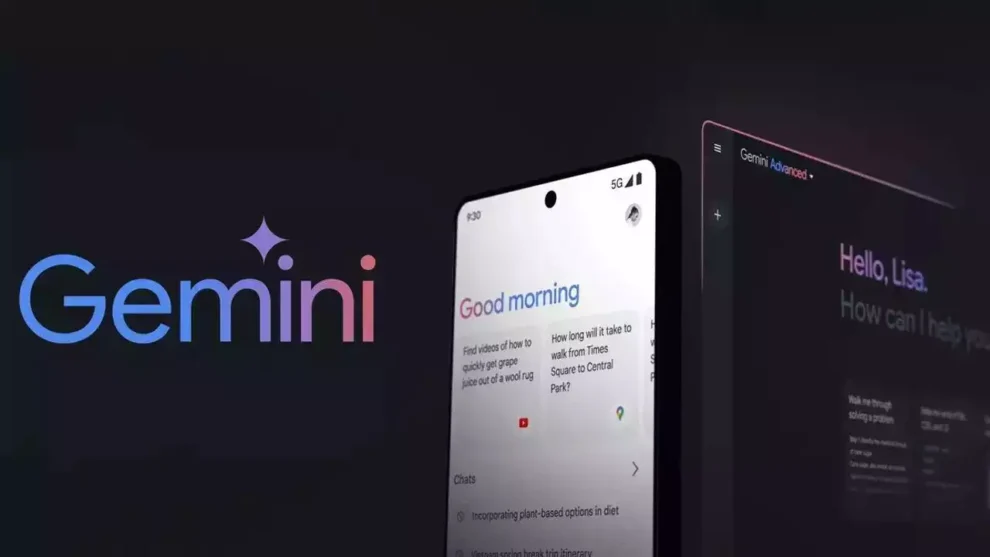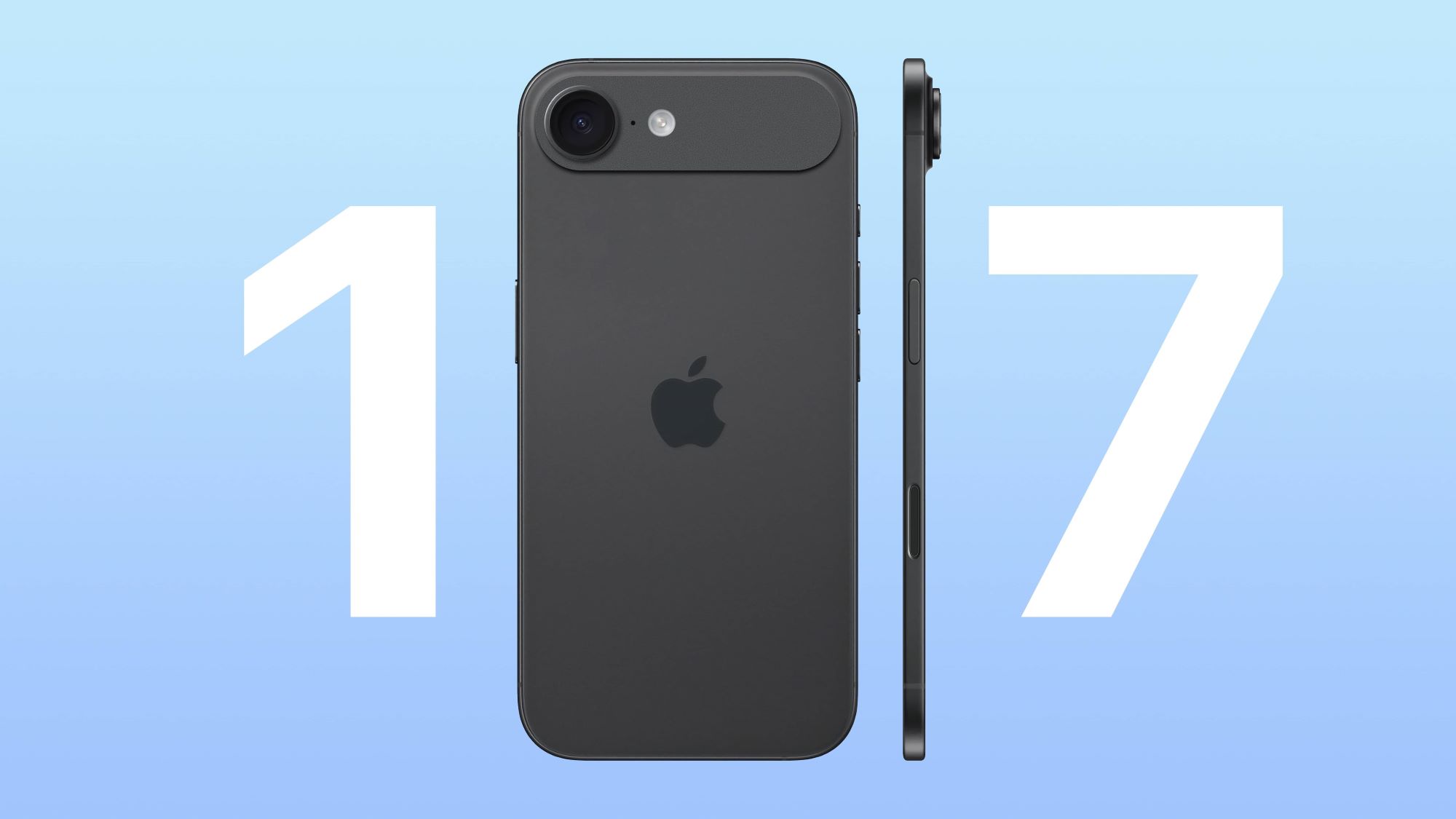Google places Gemini widgets on iPhones. This move directly challenges Apple’s Siri. Users gain access to Google’s advanced AI through widgets on their home screens. Google aims to capitalize on perceived weaknesses in Siri’s functionality. The widgets provide quick access to Gemini’s capabilities. This includes text generation, information retrieval, and other AI-driven tasks.
The widgets appear as a direct response to the growing demand for advanced AI on mobile devices. Google’s action reflects a shift in the AI battleground. The company moves to secure a presence on Apple’s platform. This provides an alternative for iPhone users seeking advanced AI features.
Users can interact with Gemini directly through the widgets. This includes asking questions, generating summaries, and drafting emails. The widgets integrate with other Google services. This allows users to access information from Gmail, Google Drive, and other apps.
Google’s focus centers on providing a more versatile and capable AI experience. The widgets offer a tangible way for users to experience Gemini’s power. This contrasts with Siri’s perceived limitations in complex tasks. Google emphasizes the widgets provide access to up-to-date information. This addresses a common complaint about Siri’s information accuracy.
The rollout of Gemini widgets comes after Google’s broader push to expand Gemini’s reach. The company seeks to make its AI accessible across various platforms. This includes Android devices, web browsers, and now, iPhones.
Analysts suggest Google’s move is a strategic play. The company aims to establish Gemini as a leading AI assistant. The widgets provide a direct comparison to Siri. This allows users to evaluate the two AI systems side by side.
Google designed the widgets for ease of use. Users can add them to their home screens with a few taps. The widgets integrate with the iPhone’s existing interface. This provides a familiar experience for users.
Google provides options for widget sizes and layouts. Users can customize the widgets to fit their preferences. This allows for personalized access to Gemini.
The company’s release of the widgets reflects a broader trend. AI companies compete to provide the most advanced and accessible AI experiences. Mobile devices serve as a key battleground.
Google’s move may pressure Apple to enhance Siri’s capabilities. The competition benefits consumers. Users gain access to more advanced AI features.
The widgets function with a Google account. Users must sign in to access Gemini’s features. This allows for personalized responses and integration with Google’s services.
Google prioritizes user privacy. The company states it handles user data responsibly. Users can control their privacy settings.
Google’s action reflects a change in mobile AI. The company moves to offer AI features on competing platforms. This expands access to Gemini.
The widgets represent a step in Google’s effort to make AI a part of daily life. The company aims to provide AI tools that help users with various tasks.
The rollout of Gemini widgets occurs gradually. Users may see the widgets appear on their iPhones in phases. Google releases the widgets through app updates.
The company aims to continue to improve the widgets. Feedback from users will help shape future updates. Google plans to add new features and capabilities to the widgets.
The widgets’ release coincides with increased discussion of AI in consumer products. Google seeks to place Gemini at the forefront of this discussion.
Google provides support resources for users. This includes help articles and tutorials. Users can find information on how to use the widgets.




